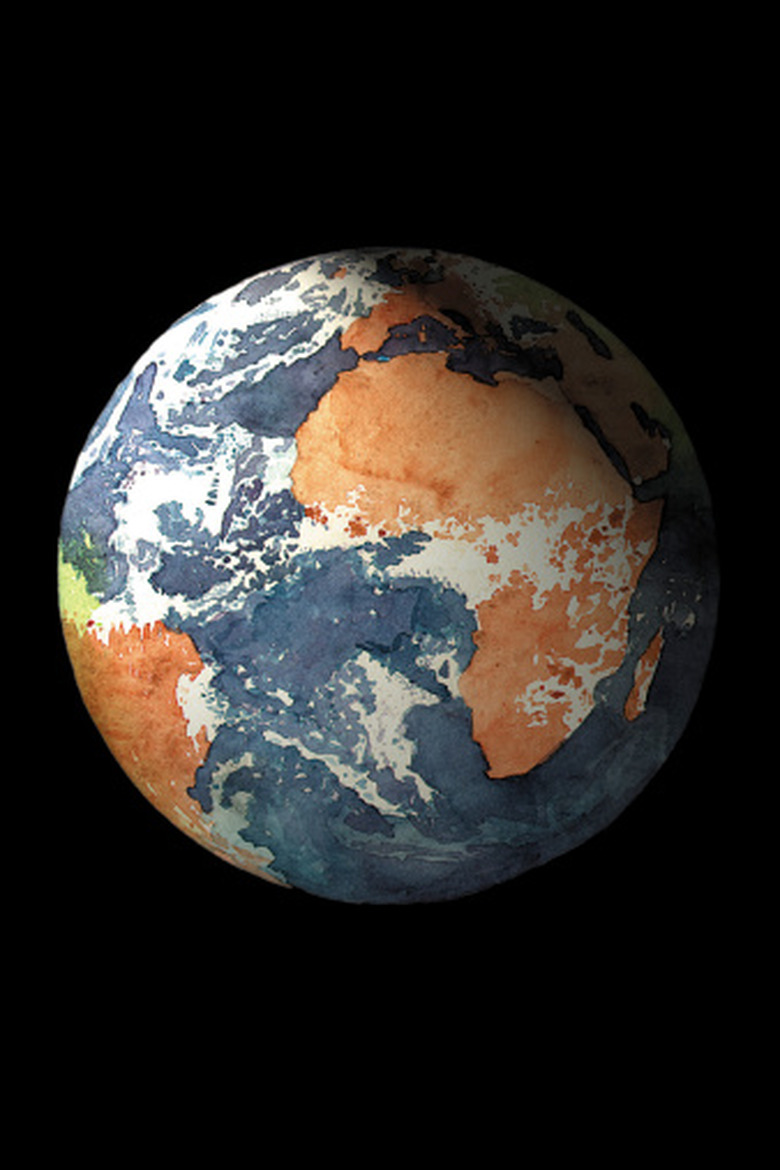Night & Day Science Projects
People in ancient times wondered where the sun went at night. They tried to explain its nightly disappearance with legends. To the Greeks, the sun was a god riding across the sky to his palace in the west. The Egyptians thought the sun was the god Ra traveling in a barge to the western sky where he entered the underworld to battle evil throughout the night. In the 1500s, Copernicus discovered that the sun stays in the same place and the earth travels around the sun. Young children can learn about daytime and nighttime with a few simple experiments.
Exploring Night and Day
Exploring Night and Day
To understand how one half the world experiences night while the other half experiences day, you will need a globe, a small piece of a removable adhesive, such as:
- Sticky Tack
- a flashlight
Stick a small piece of the removable adhesive to the globe at the approximate area of your town. Turn out the lights. With the North Pole at the top, rotate the globe counterclockwise, and shine the flashlight (the sun) horizontally on the globe. When your town is facing away from the sun, it is night. As the globe continues to rotate, light from the sun starts to shine on your town (daybreak). The sunlight is brightest when your town is directly facing the sun (middle of the day). As the globe rotates away from the sun, your town experiences sunset and then night. A day/night cycle takes 24 hours. Find other locations on the globe and compare them to the day/night cycle of your town.
The Tilt
The Tilt
The earth rotates once every 24-hour period while it makes its yearly orbit around the sun. It also tilts about 45º on its axis. The tilt is responsible for the seasons, and the shortening and lengthening of the daylight and nighttime hours. You will need the globe with your town marked and the flashlight. Tilt the North Pole toward the sun at a 45º angle. This simulates summer for the Northern Hemisphere. Rotate the globe counterclockwise, and shine the flashlight horizontally on the globe. Notice that the North Pole stays in the light (daytime) all the time, while the South Pole stays in darkness (nighttime). The days in the Northern Hemisphere will be longer than the nights during the summer. As the earth orbits the sun, the Northern Hemisphere will move farther away from the sun and the Southern Hemisphere will move closer. The days in the Northern Hemisphere will become shorter and the nights longer. The North Pole will stay in complete darkness and the South Pole will experience daylight all day.
Tell time With the Sun
Tell time With the Sun
You can tell the time of day from the position of the sun. To make a simple sundial, you need a large paper cup with a lid and straw (such as from a fast food restaurant), a watch, adhesive tape, some stones to weigh down the cup, a pencil, a fine-tip permanent black marker and a magnetic compass. Poke a hole in the side of the cup large enough for the straw to fit through, about 5 cm. from the top. Fill the cup about halfway with the stones. Place the lid on the cup and insert the straw through the hole in the lid and out the hole in the side of the cup. Allow the straw to stick out of the hole in the lid about 5 cm. Tape the straw in place. Place the sundial outside on a sunny day. Use the magnetic compass to point the top of the straw north. Mark the direction in the ground next to the cup in the event the cup falls. At 10:00 a.m., mark where the straw's shadow falls on the lid of the cup, and the time. Repeat every hour, on the hour, through at least 3:00 p.m. Test the sundial on the next sunny day.
Seeing Stars
Seeing Stars
Where are the stars during the day? Just because you can't see them doesn't mean they're not there. The sun is a very bright star that is close to the earth. When the sun shines, its light is so bright it hides the light from all the other stars that are much farther away. You can observe the stars to see how this works. If you live in the city, observe the night sky on a cloudless night. Travel to a remote area, far away from city lights. Do you see more stars in the night sky? If you live in an area away from city lights, view the night sky from a brightly lit athletic field or parking lot. Travel to an area away from the lights. Do you see more of the stars in the night sky?
Cite This Article
MLA
Strauch, Annette. "Night & Day Science Projects" sciencing.com, https://www.sciencing.com/night-day-science-projects-8222434/. 24 April 2017.
APA
Strauch, Annette. (2017, April 24). Night & Day Science Projects. sciencing.com. Retrieved from https://www.sciencing.com/night-day-science-projects-8222434/
Chicago
Strauch, Annette. Night & Day Science Projects last modified August 30, 2022. https://www.sciencing.com/night-day-science-projects-8222434/
